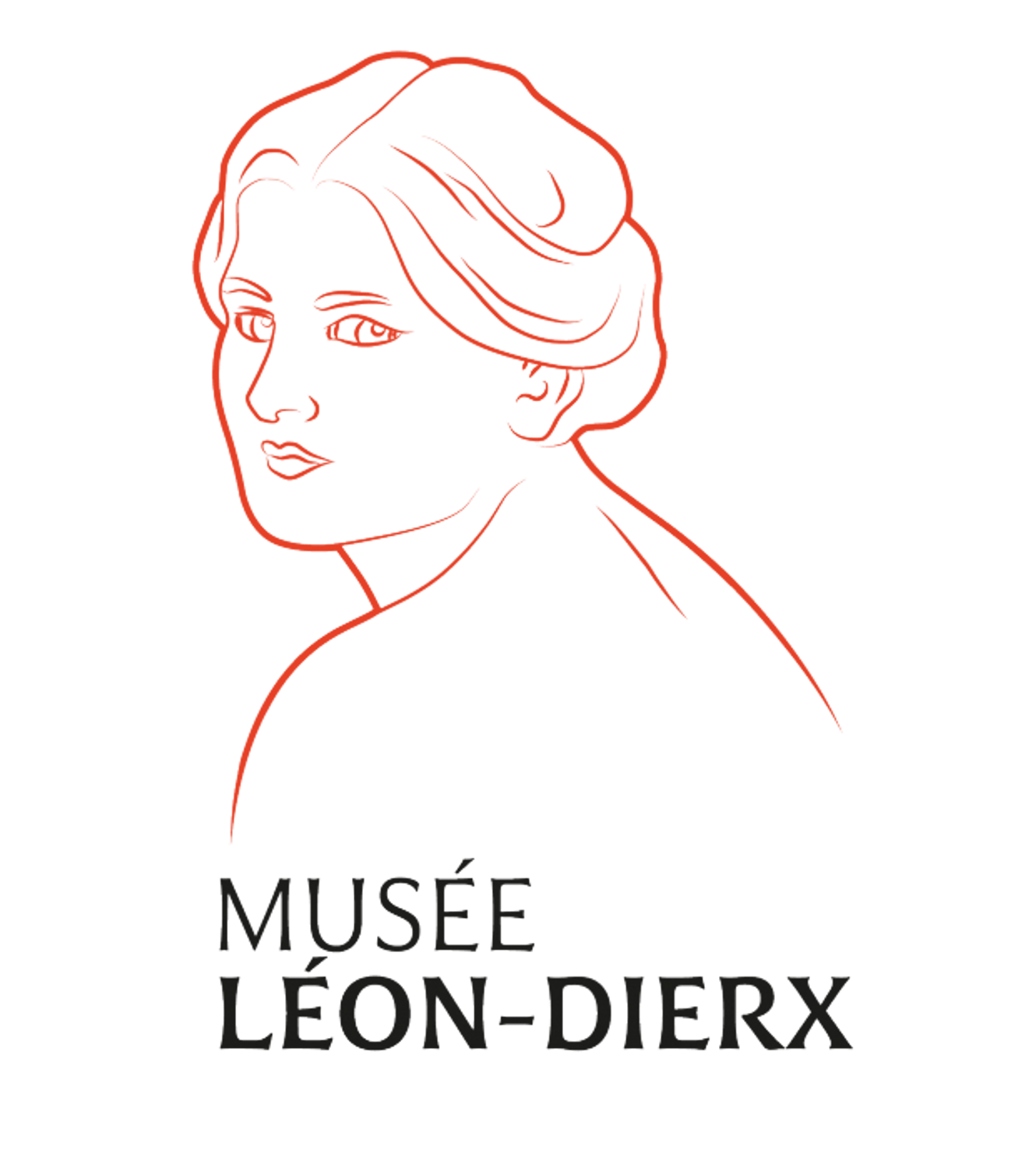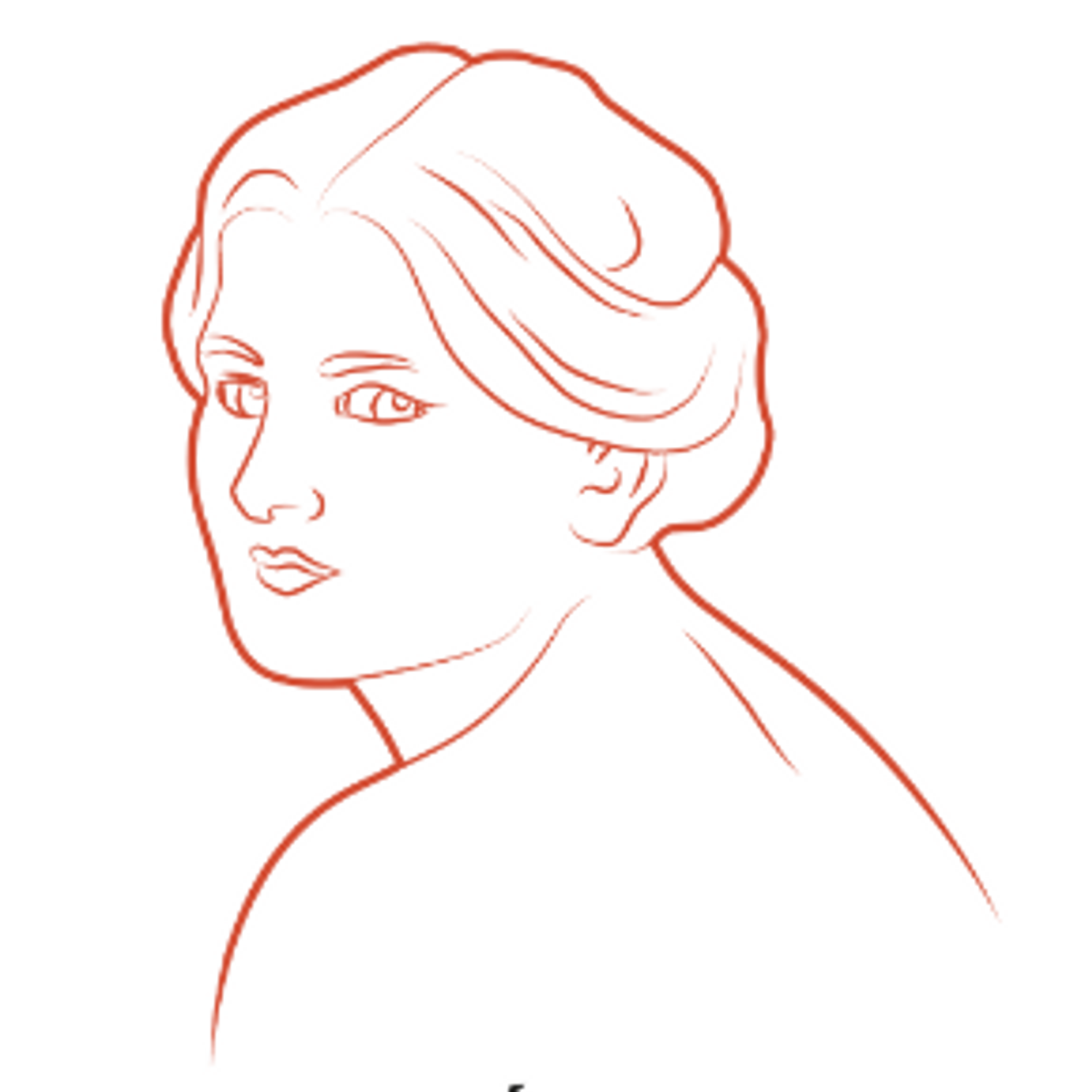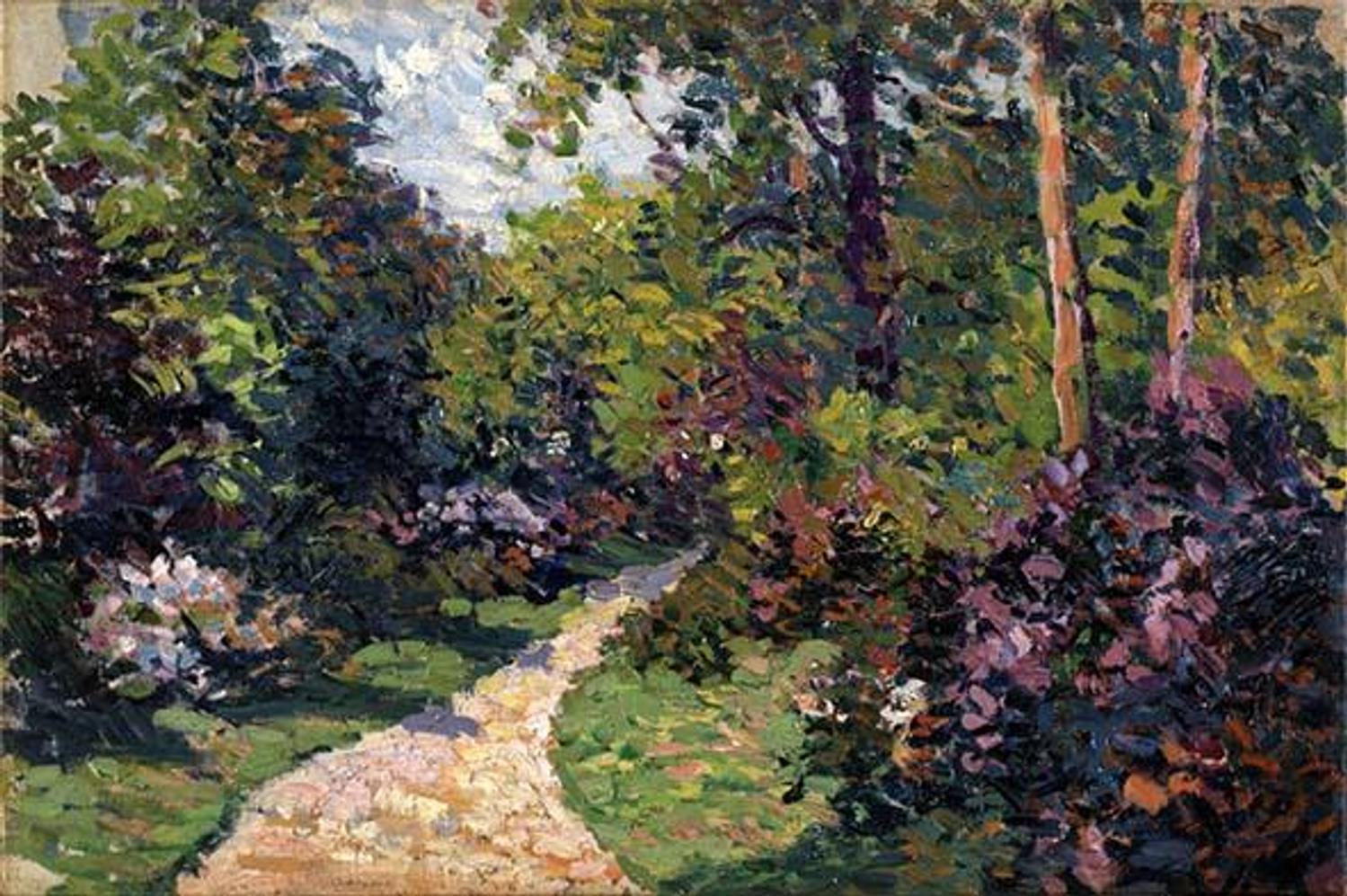THE MASTERPIECES OF THE LEON-DIERX ART GALLERY : Maximilien LUCE
Maximilien LUCE
Paris, 13 March 1858 – Rolleboise, 6 February 1941
Maximilien Luce came from a family of fairly modest means, but open to the arts. His father, working as a labourer for the French railway company, did not prevent his son from taking a job as a labourer and clerk in an engraver’s workshop at the age of 14. The four-year apprenticeship made him familiar with the techniques of printing journals, but also reinforced his vocation to become a professional painter.
As a result of his origins, throughout his life Luce retained an attraction for the working class and important construction work in Paris, his main sources of inspiration and the subjects of his prolific production of drawings.
From 1877, he followed classes at the Academie suisse and at the workshop of Carolus-Duran. In 1885, he discovered the art of Seurat and the research carried out by the future Neo-Impressionists, whose group he immediately joined.
From 1877 until his death, he participated in the Salon des Independants, founded in 1884 and breaking away from the official Salon, without any jury or awards. He exhibited his work in Brussels at the Salon des XX, which later became Libre Esthétique (free aesthetics) and at various galleries in Paris such as that of Durand–Ruel, the art dealer of the Impressionists, and that of Ambroise Vollard in 1902.
His unfailing admiration for the art of Seurat and his faithful friendship with Signac led him to practice Neo-Impressionism, but without intellectualising. He applied the Neo-Impressionist technique of applying brushstrokes of divided colour, whatever the subject of the painting.
Le Jardin (The garden), Maximilien LUCE
Around 1893-1895
Oil on canvas
26,3 x 39 cm
Inv 1947.01.67
Lucien Vollard donation
Even though the apparent dating of this work places it in Maximilien Luce’s Neo-Impressionist period, his Impressionist heritage is clearly recognisable here. In this painting, Luce hesitates between the two techniques, attempting to reconcile them. The brushstroke is wide and confused, with nothing of the small subtle meticulously selected dots of Georges Seurat or Paul Signac. On the contrary, its lively spontaneous technique brings it close to Impressionist works.
In this painting, two dark masses consisting of trees and bushes are represented on either side of a path leading into the centre of the painting, appearing to join up with the sky. The sky and the path mirror each other and, with the tree-trunks, create the vertical structure of the painting.
Luce deploys a pallet of complementary colours (green, orange and violet), applied using wide disorderly brushstrokes which the eye finally merges together to produce a harmonious and highly realistic work.
Maximilien Luce has often been criticised for his excessive use of violet, a secondary colour obtained by mixing blue and red. Here, he applies it to represent the tree trunks, leaves and coloured shadows. In his view, the violet colour brings us to apprehend light more deeply. Maximilien Luce, who followed his instinct more than the speculations of reasoning, remained outside divisionist principles: rather than focusing on the theoretical aspect, he was interested in the treatment of colours, his aim being to produce paintings which would be as bright as possible.






